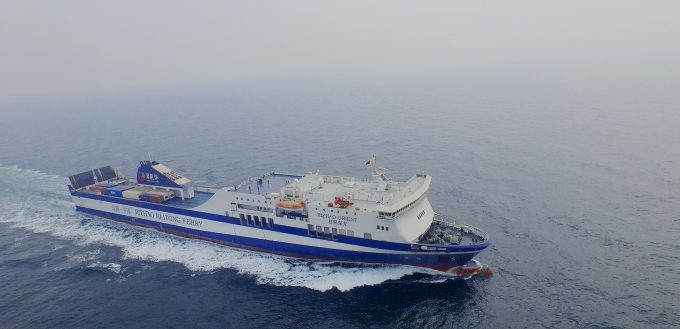Liner operators fined $64m for fixing South Korea-Japan freight rates
Fifteen liner operators have been fined a total of $64m by the Korea Fair Trade ...

The volume of containers shipped between China and South Korea on ro-ro ferries reached an all-time high of 671,100 teu last year, as shippers sought to bypass congested container terminals and secure shipping slots.
The vessels, commonly labelled “car ferries” in South Korea as they mainly carried passengers and cars pre-Covid, have been filled by cargo as tourism ground to a halt in the pandemic.
Exports accounted for 225,600 teu of 2021 volumes, while imports comprised 445,500 teu. Ro-ro ferry services commenced between China and South Korea in 1990, when the countries established diplomatic relations in the last days of the cold war.
Container volumes going by ferry last year rose 20% on 2020, when 559,400 teu was transported – just 2% up on 2019 – indicating that more shippers turned to ferries as logistical bottlenecks intensified in 2021.
But, as as liner operators upped freight rates, the Ministry of Oceans and Fisheries said ro-ro ferry operators had kept their rates unchanged in 2021, at around $300-$350/teu. However, the surge in bunker prices amid the Russia-Ukraine war is expected to mean higher freight rates this year.
With the exception of September, every month last year saw double-digit growth in earnings. Particularly, in January and February, when they soared by 45% and 35% year on year, respectively, due to the low base in the pandemic’s early days.
And among the 12 South Korea-China ferry operators, Rizhao International Ferry carried the most containers last year, 67,600 teu between Pyeongtaek in South Korea and Rizhao in China. This was up 30% on 2020. In second place was Huadong Shipping, which carried 65,700 teu between Incheon in South Korea and Shidao in China, up 20% year on year.
Comment on this article